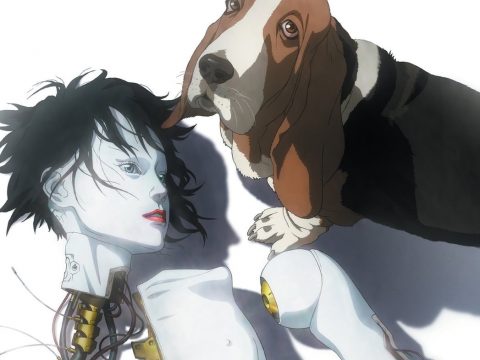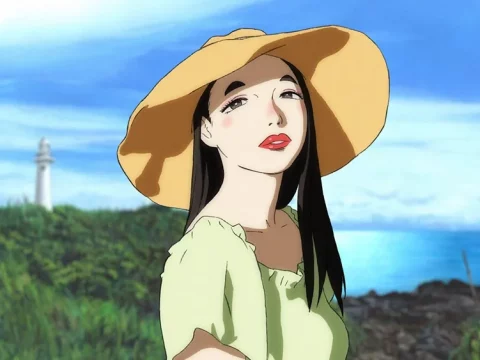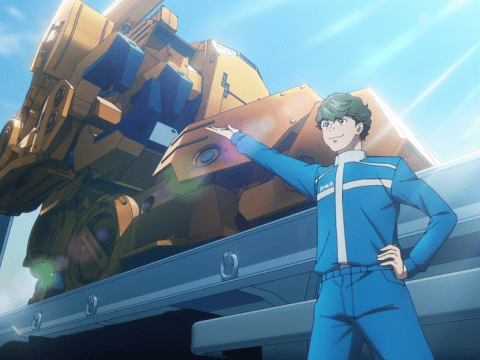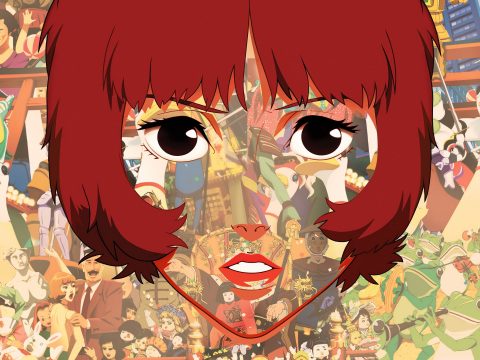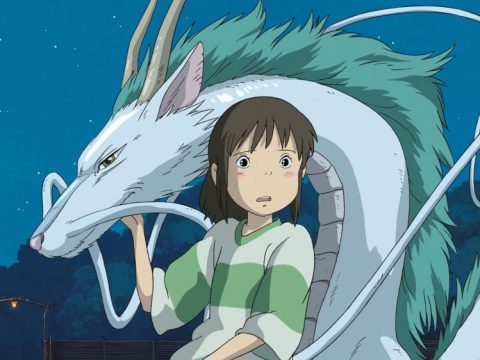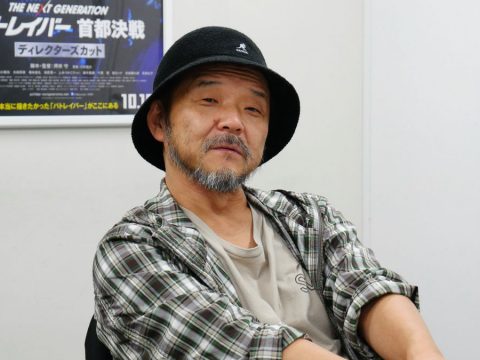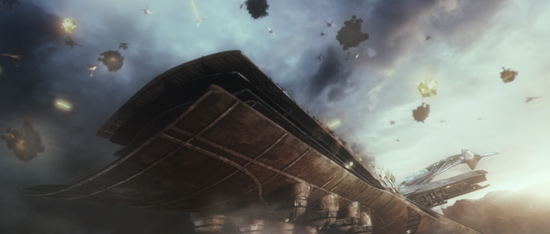
Fans of Mamoru Oshii, the director of anime classics like Ghost in the Shell and Patlabor, are split into two distinct groups: those who like his live-action work and those who don’t.
Oshii’s been working in live-action for years, but his real-life films are always more divisive than his anime. While there are those who find his animation too cerebral or talky, it’s hard to knock the luxuriant, top-class animation and masterful atmospherics. The live-action films, on the other hand, lack that advantage, while often allowing Oshii to indulge to excess.
Even Oshii’s live-action skeptics, though, had reason to be hopeful about his latest project, Garm Wars: The Last Druid. For one, the film is based on an idea Oshii originally proposed post-Ghost in the Shell, when he on a creative hot streak. For another, Garm Wars is Oshii’s first English-language film, seeing him team up with talent like Lance Henriksen (Aliens).
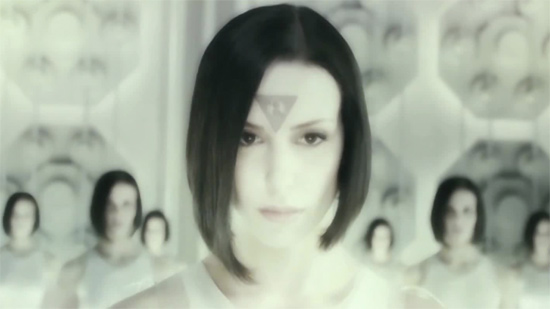
Actually seeing the film, though, dashed those hopes pretty quick. It’ll take a very forgiving brand of Oshii fan to get anything out of Garm Wars: The Last Druid: one who’s willing to look past questionable storytelling, ugly CG and cinematography and a general lack of coherence.
Garm Wars is set in a world populated by three warring tribes of people known as Garm, who upon death (usually in combat) download into a new, identical body. The three tribes, known as Columba, the Briga and the Kumtak, control the air, the land, and technology, respectfully. The Kumtak are in an uneasy alliance with the Briga, but the film’s action begins as one Kumtak, Wydd (Henriksen), attempts to defect to the Columba and is saved by the film’s protagonist, Kara (Melanie St-Pierre).
Wydd’s traveling companions are a Druid, a godlike being thought to be extinct, and a sacred creature called a Gula, which blesses whoever it touches (because it’s Mamoru Oshii, this sacred creature is a basset hound).
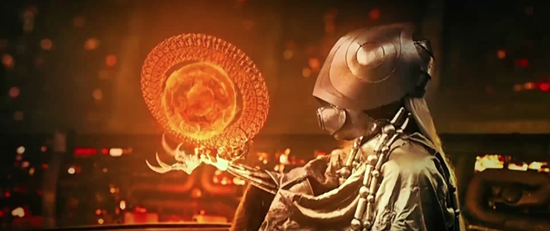
The subsequent adventure is a pilgrimage to the holy land in an attempt by an unlikely group of three Garm from the three warring tribes to find their creator and learn the meaning of the Garm’s existence.
Oshii followers will recognize many of the director’s pet themes and visual tropes: a search for the meaning of life, Christian imagery, human bodies interfacing with computers and, of course, basset hounds. But tropes don’t make a story, and the film ends just as things get interesting. Basically, Garm Wars feels like a small snippet from a much larger universe, one Oshii is much more interested in building than in telling this particular story.
The same complaint might be leveled at a lot of Oshii’s animated work, but at least that looks good. Despite over a decade of computer advancement since Avalon (2001) and an influx of funding from a Canadian co-financier, Garm Wars is a visual mess, over-color-corrected, saturated and sharpened like a bad Instagram upload. While the CG is largely inoffensive, things start to go south as soon as actors are composited in, as they stand out from the background like CD-ROM games of the late 90s. This is an ugly film.
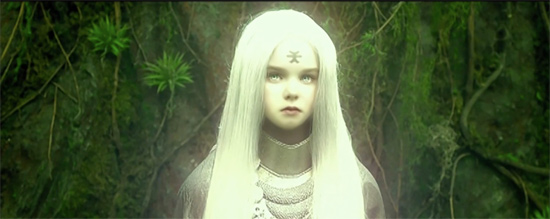
There are some bit players who deliver downright awful performances, but the main three actors, Henriksen, St-Pierre and Kevin Durand (Lost) do their best to battle through a largely unintelligible, technobabble-heavy script. If they feel occasionally lost, it comes down to Star Wars prequel syndrome: they’re on a green screen set staring at things that don’t exist talking about things that don’t make sense.
What is it, exactly, that makes Oshii’s animated films so pitch-perfect and his live-action films so tone-deaf? Oshii the anime director is known for his extreme realism: his characters don’t have the standard big anime eyes or overblown movements, and his meticulous backgrounds and mechanical designs are based on photographs and deep research. This realism makes him, in theory, an ideal candidate for live-action filmmaking. But what if live-action-esque anime and anime-esque live-action don’t really have much in common at all? The former is, after all, a representation of reality, while the latter is a distortion of it.
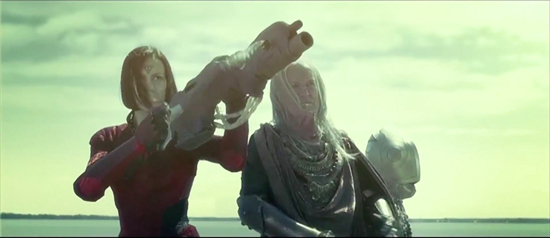
The more pedestrian explanation is the folks producing Oshii’s animated works do a much better job of pushing Oshii’s talents in the right direction while reigning in his excesses, and the people who have produced his live-action films don’t have the same ability to point him in the right direction.
That’s partly why the change to English and addition of new producers for this film gave me hope this would be a different kind of live-action piece for Oshii, but unfortunately, there’s not a lot here to convince doubters Oshii can ever match his animated work in live-action form.
Related Stories:
– Jin-Roh Goes LIVE: A look back at Mamoru Oshii’s Kerberos Saga
– Ghost in the Shell Movie Planned for 2015
– Mamoru Oshii’s Dallos
– Stray Dog Of Anime: The Films of Mamoru Oshii Review
– Mamoru Oshii and the Magicians of Picture Creation


